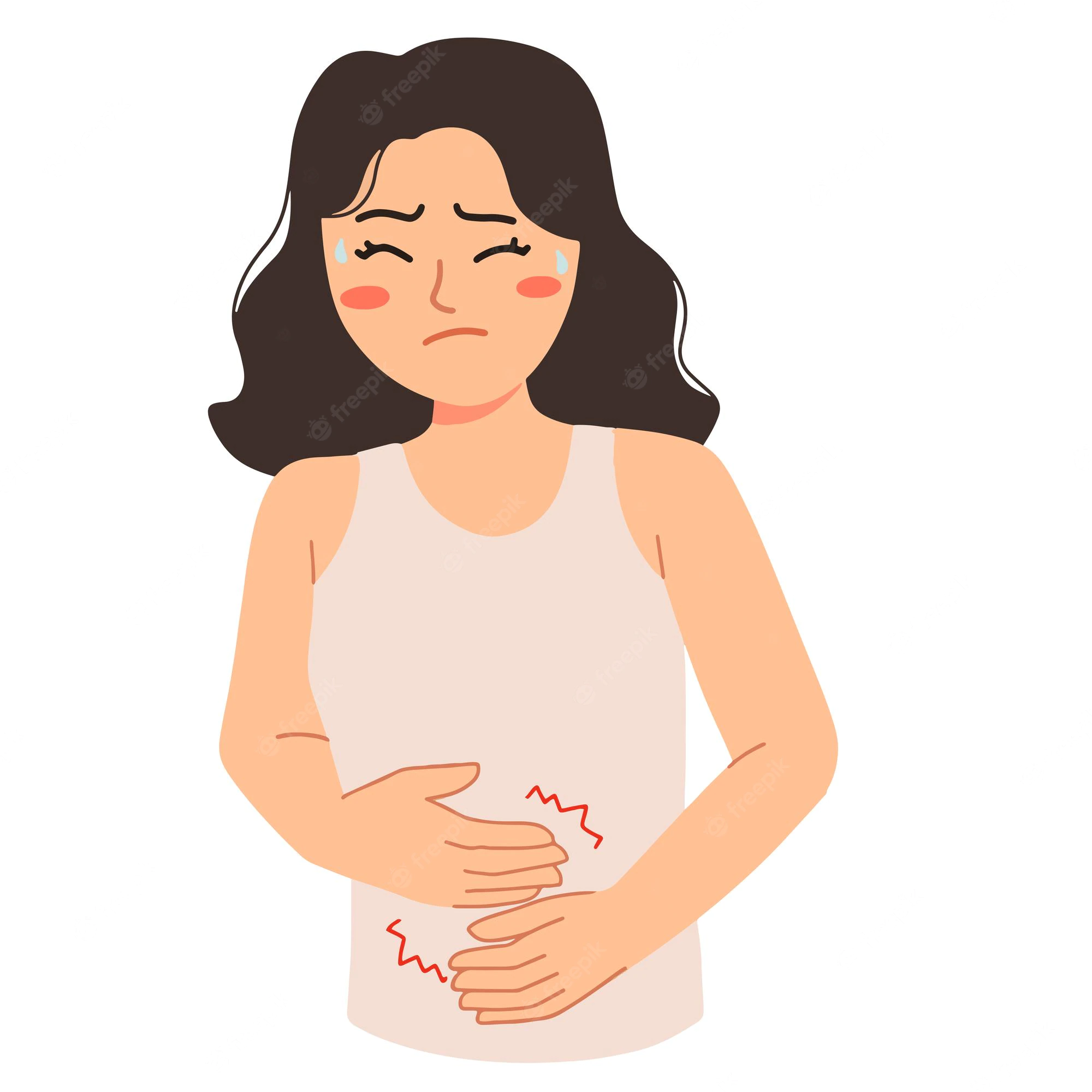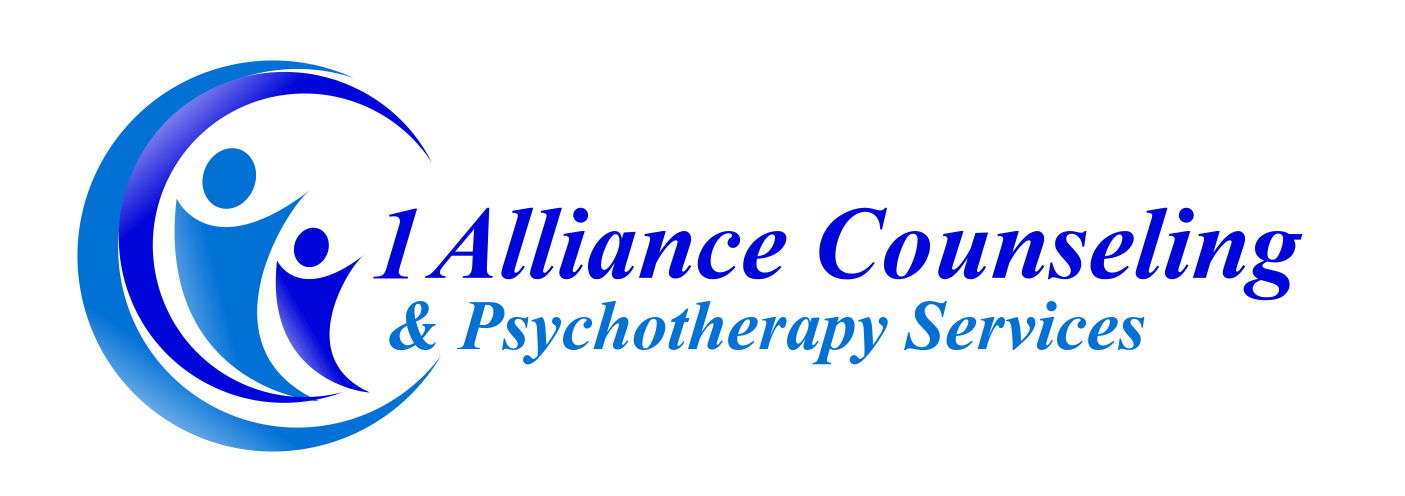
According to John Hopkins Medicine, Premenstrual Dysphoric Disorder, also known as PMDD, is a chronic condition that presents itself as a severe form of PMS with symptoms starting in the late luteal phase of a cycle and subsiding a few days after the beginning of the next cycle. (Hopkinsmedicine, n.d.)
The DSM-V lists PMDD as a depressive disorder. Here is the criteria:
Timing of symptoms
A)In the majority of menstrual cycles, at least 5 symptoms must be present in the final week before the onset of menses, start to improve within a few days after the onset of menses, and become minimal or absent in the week postmenses
Symptoms
B) One or more of the following symptoms must be present:
1) Marked affective lability (e.g., mood swings, feeling suddenly sad or tearful, or increased sensitivity to rejection)
2) Marked irritability or anger or increased interpersonal conflicts
3) Markedly depressed mood, feelings of hopelessness, or self-deprecating thoughts
4) Marked anxiety, tension, and/or feelings of being keyed up or on edge
C) One (or more) of the following symptoms must additionally be present to reach a total of 5 symptoms when combined with symptoms from criterion B above
1) Decreased interest in usual activities
2) Subjective difficulty in concentration
3) Lethargy, easy fatigability, or marked lack of energy
4) Marked change in appetite; overeating or specific food cravings
5) Hypersomnia or insomnia
6) A sense of being overwhelmed or out of control
7) Physical symptoms such as breast tenderness or swelling; joint or muscle pain, a sensation of “bloating” or weight gain
Severity
D) The symptoms are associated with clinically significant distress or interference with work, school, usual social activities, or relationships with others.
Consider Other Psychiatric Disorders
E)The disturbance is not merely an exacerbation of the symptoms of another disorder, such as major depressive disorder, panic disorder, persistent depressive disorder (dysthymia) or a personality disorder (although it may co-occur with any of these disorders).
Confirmation of the disorder
F) Criterion A should be confirmed by prospective daily ratings during at least 2 symptomatic cycles (although a provisional diagnosis may be made prior to this confirmation)
Exclude other Medical Explanations
G) The symptoms are not attributable to the physiological effects of a substance (e.g., drug abuse, medication or other treatment) or another medical condition (e.g., hyperthyroidism). (Feingold et al., 2017)
PMDD shows a marked difficulty for sufferers to carry out their everyday tasks for a prolonged amount of time, and while this can be seen in other XX reproductive chronic conditions like Polycystic Ovarian Syndrome or Endometriosis, it appears that PMDD is heavily influenced by the brain itself. The International Association for Premenstrual Disorders states, “PMDD is a severe negative reaction in the brain to the natural rise and fall of estrogen and progesterone. It is a suspected cellular disorder in the brain. Symptoms can worsen over time and or around reproductive events such as menarche (the first menstrual cycle), pregnancy, birth, miscarriage, and perimenopause.” (IAPMD, n.d.) They also go on to state that it is not a hormonal imbalance, although birth control and sometimes antidepressants are used as treatment options. (IAPMD, n.d.)
While it is currently unknown what the root cause for the disorder is, decades of experimental research has helped health care workers understand it better. As of 2019, PMDD was assigned its own code in the International Statistical Classification of Diseases and Related Health Problems, Eleventh Revision (ICD-11). (IAPMD, 2021) Thus, in having the disorder internationally recognized, it now has greater opportunity for further recognition, research, and management options.
If you are struggling with Premenstrual Dysphoric Disorder, please do not hesitate to reach out to the professionals at 1 Alliance Counseling and Psychotherapy Services.
Sources:
Premenstrual Dysphoric Disorder (PMDD). (n.d.). Hopkinsmedicine. Retrieved July 26, 2022, from https://www.hopkinsmedicine.org/health/conditions-and-diseases/premenstrual-dysphoric-disorder-pmdd
Reid RL. Premenstrual Dysphoric Disorder (Formerly Premenstrual Syndrome) [Updated 2017 Jan 23]. In: Feingold KR, Anawalt B, Boyce A, et al., editors. Endotext [Internet]. South Dartmouth (MA): MDText.com, Inc.; 2000-. Table 1, Diagnostic Criteria for Premenstrual Dysphoric Disorder (PMDD) Available from: https://www.ncbi.nlm.nih.gov/books/NBK279045/table/premenstrual-syndrom.table1diag/
What is PMDD? (n.d.). IAPMD. Retrieved July 26, 2022, from https://iapmd.org/about-pmdd
World Health Organization adds Premenstrual Dysphoric Disorder (PMDD) into the ICD-11. (2021, August 5). IAPMD. Retrieved July 26, 2022, from
